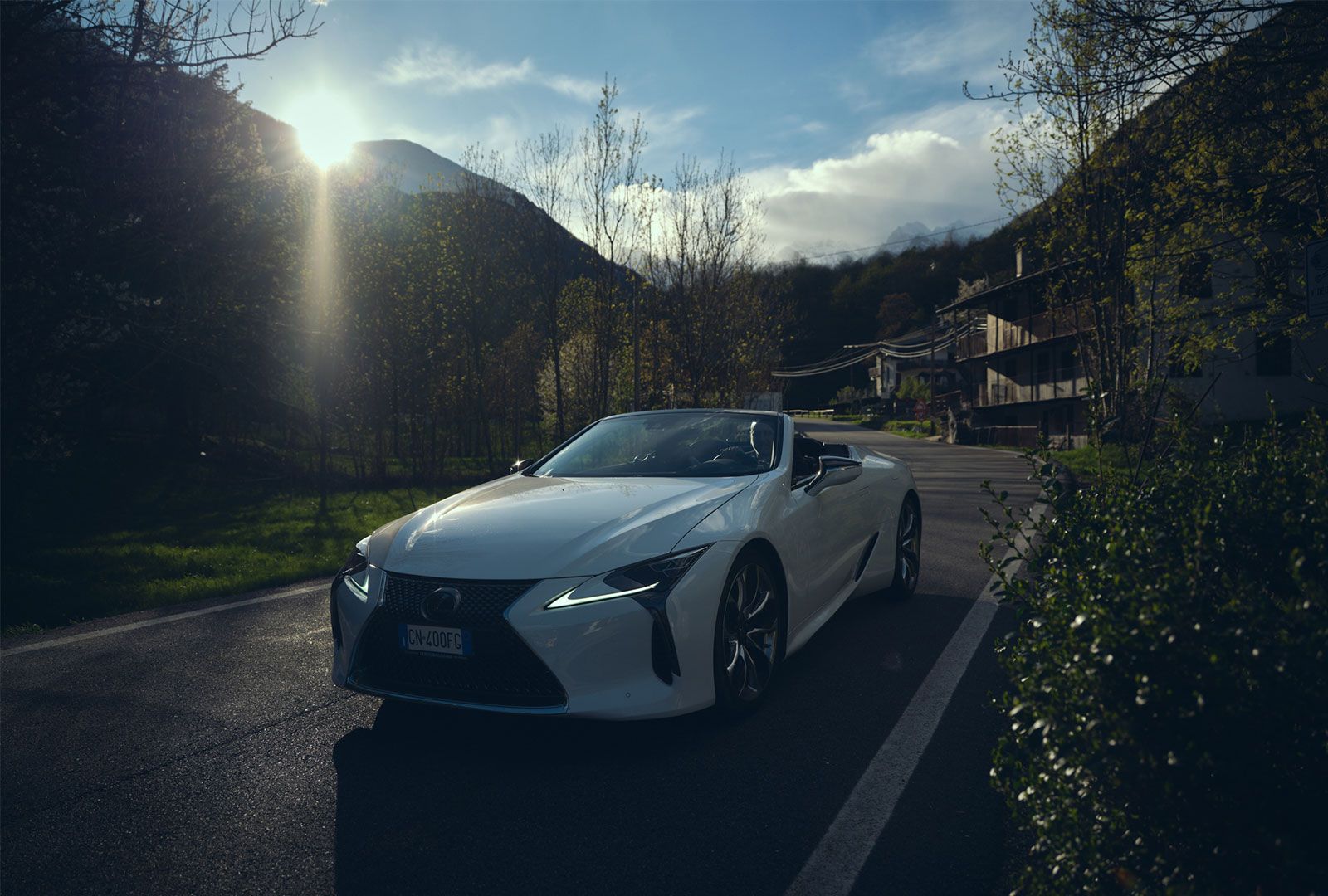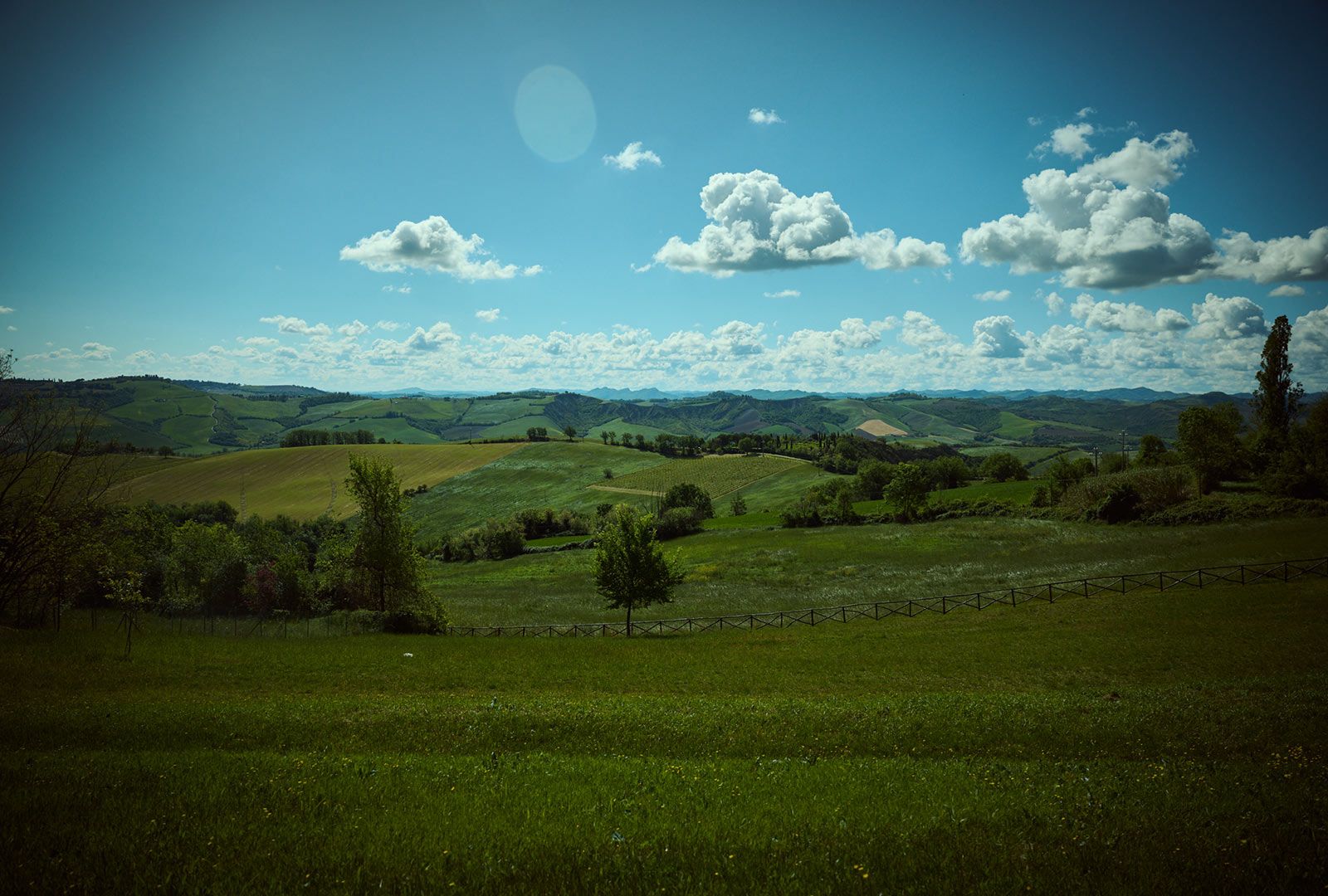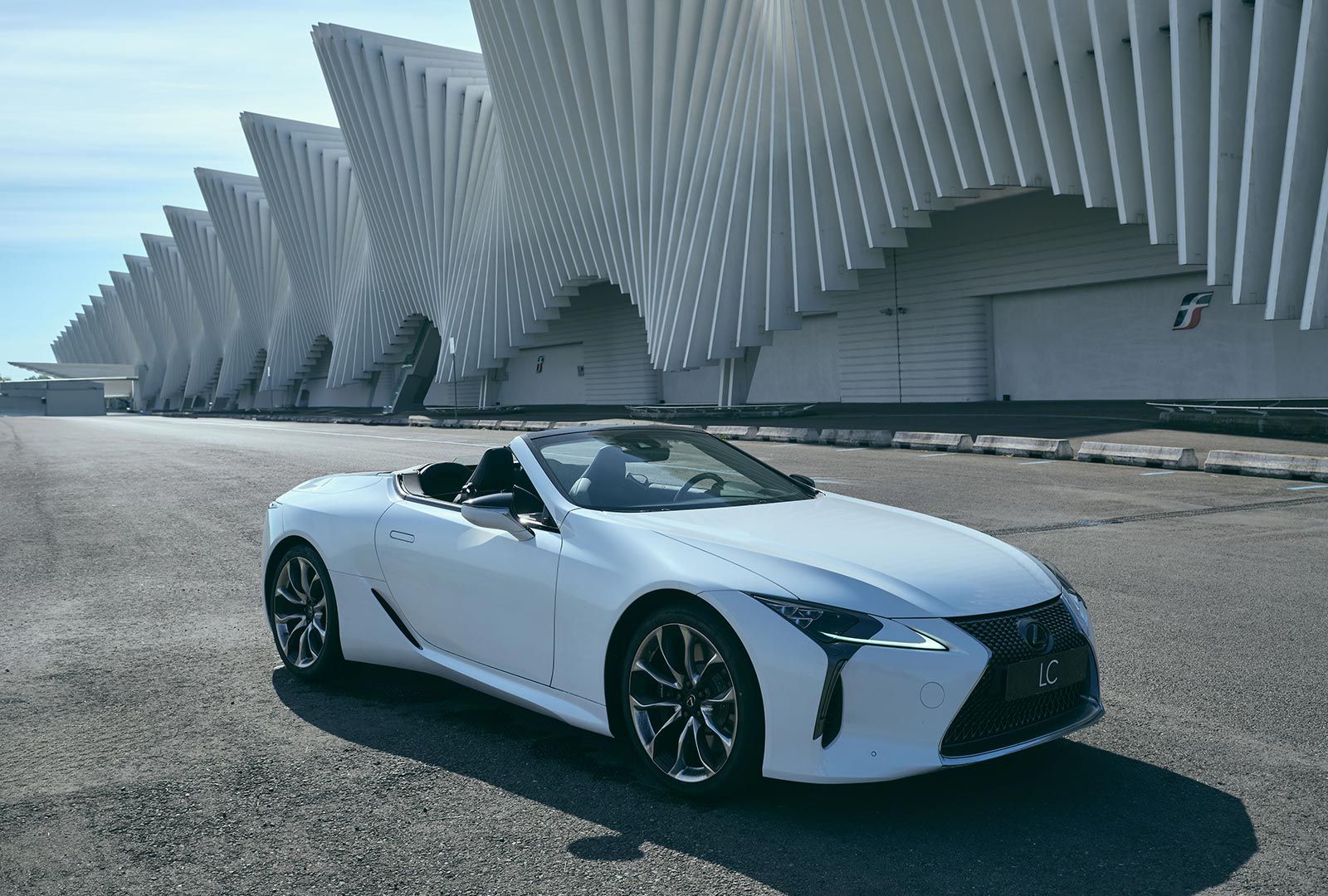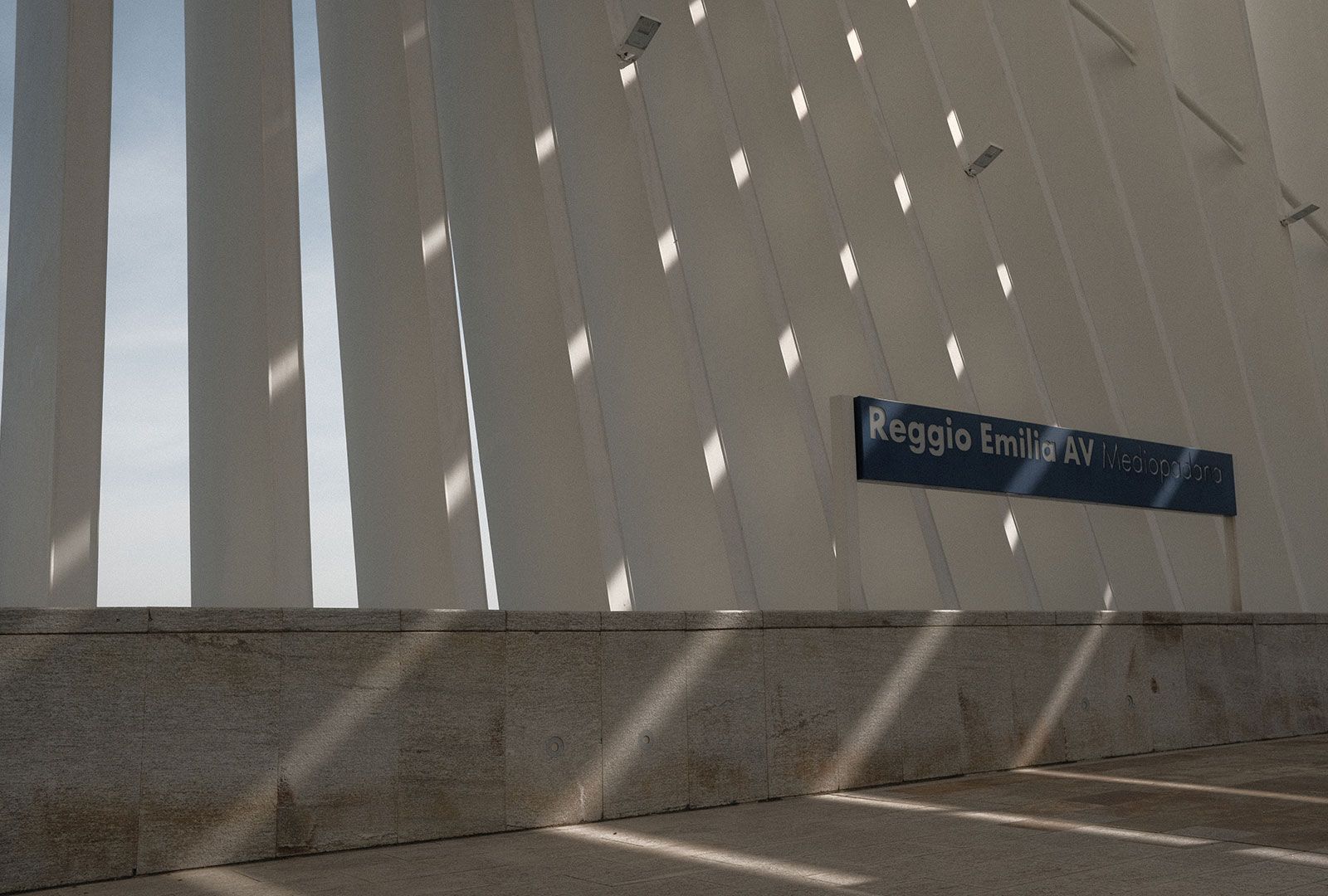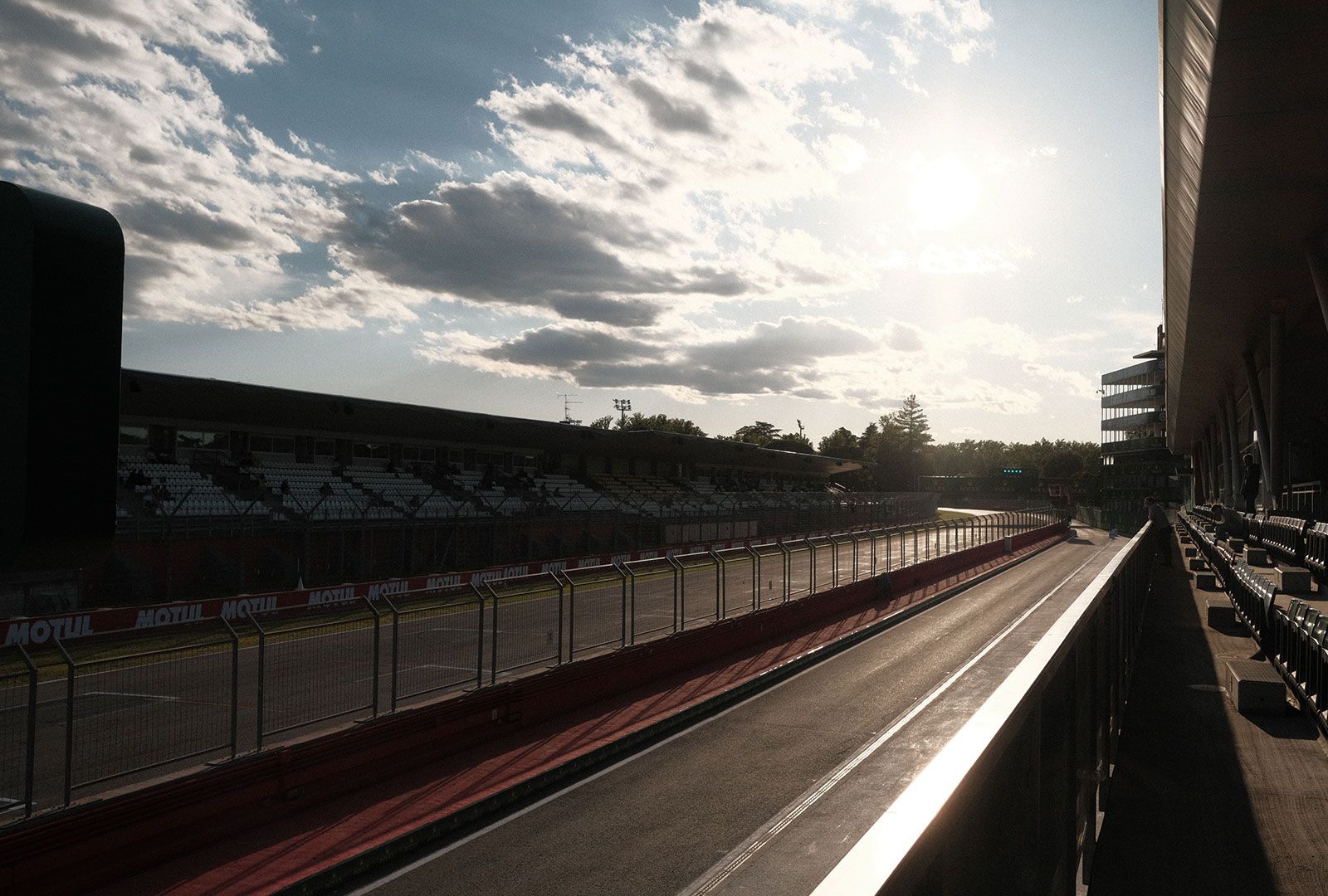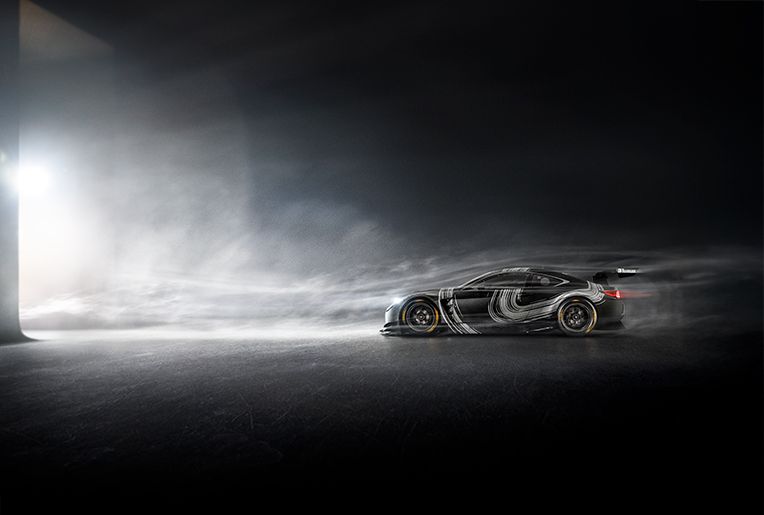Obviously, the headline feature of Lexus the LC500 Convertible is the soft top. Needing just 15 seconds to open or close, the top’s silky-smooth operation has been designed for a stylish transition at a moment’s notice. Few other cars could offer such an exotic and evocative way to experience late spring in sun-soaked Italy. But before turning heads in the piazzas and cobbled streets of the towns and villages, it’s time to satisfy some wanderlust by taking this five-liter stallion—capable of producing up to 477 PS metric horsepower—on a gallop through the Alps.
- The Evolution of CMF Design
Lexus designers break boundaries to elevate the luxury experience by crafting emotional sensorial experiences with the thoughtful use of color, material and finish.
- Lexus Electrified: A Bold New Direction
Since 2005, Lexus has been at the forefront of pioneering electrification in the luxury market.







